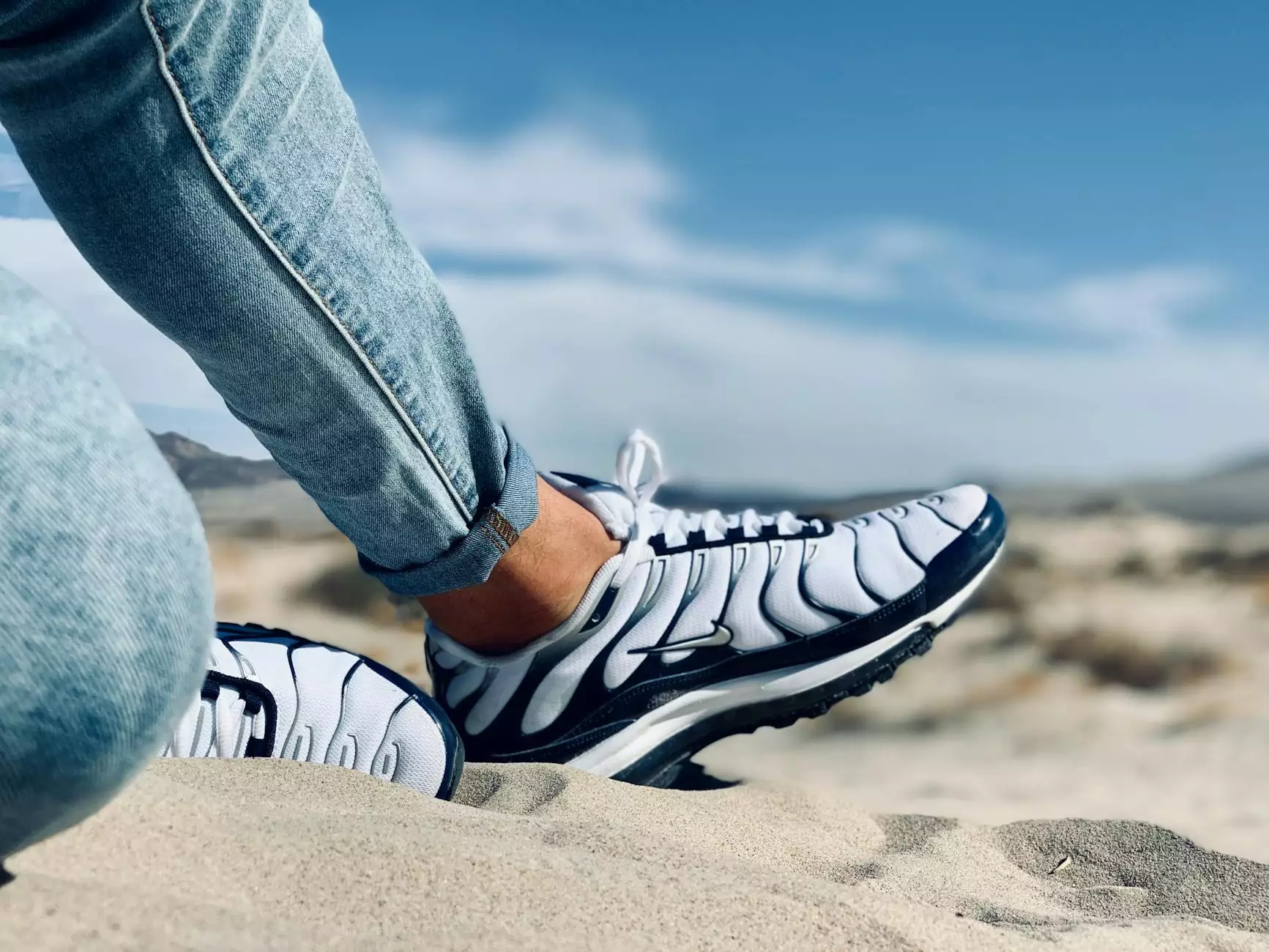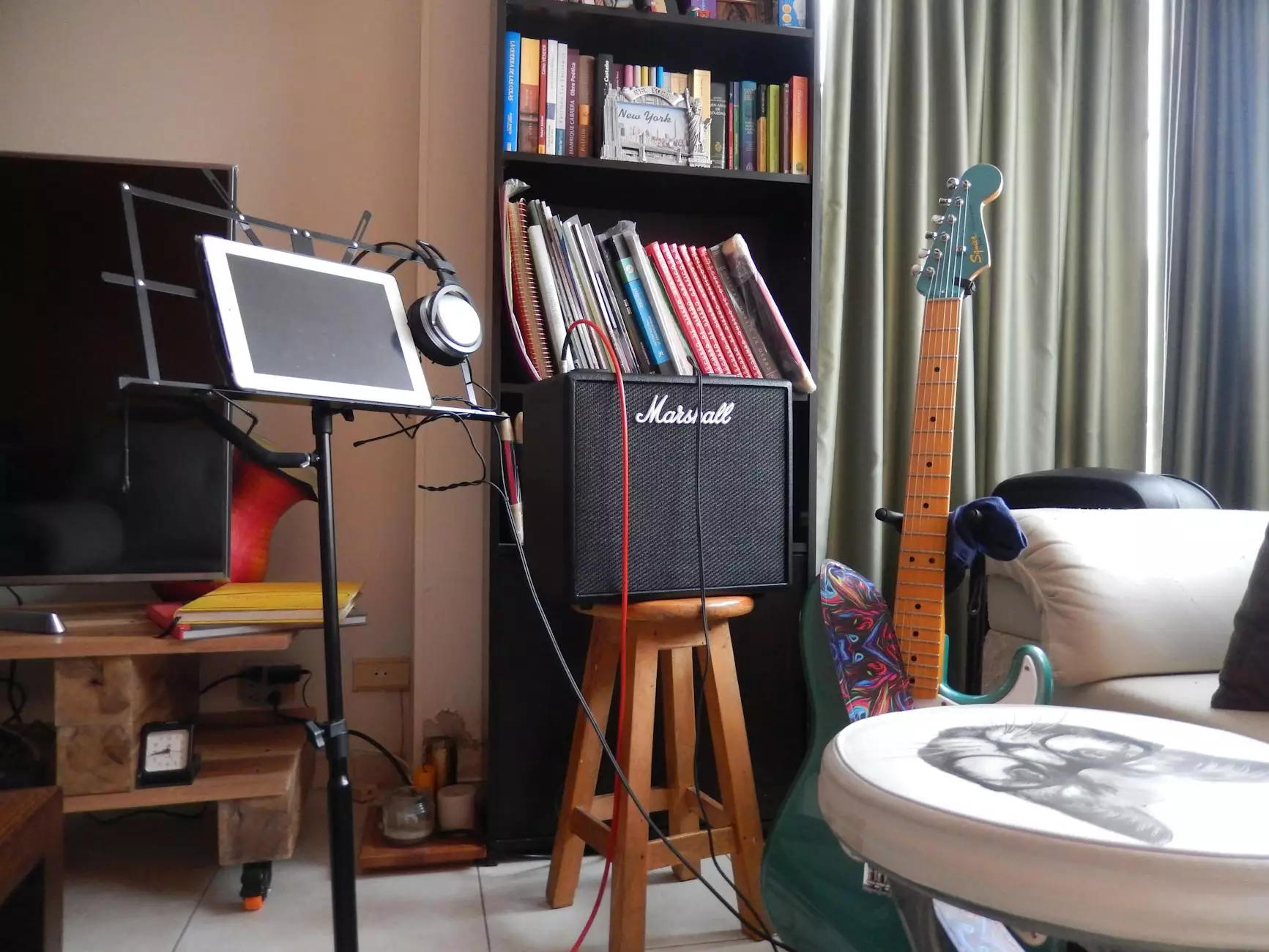Understanding Left Leg Swelling: Causes, Treatment, and Prevention

Left leg swelling, also known as peripheral edema, can be a troubling symptom that may indicate a range of underlying health issues. This comprehensive article aims to explore the intricate details of what causes left leg swelling, providing insights that will help you identify potential causes, understand treatment options, and discover preventive measures. This information is especially crucial for those looking to maintain optimal vascular health.
What is Left Leg Swelling?
Left leg swelling occurs when excess fluid accumulates in the tissues of the left leg, resulting in noticeable swelling, discomfort, and sometimes pain. It can affect anyone and may present as a temporary issue or a sign of a more serious condition. Understanding the differences in causes is essential for effective diagnosis and treatment.
Common Causes of Left Leg Swelling
Several factors can contribute to left leg swelling. Here, we outline the most common causes:
1. Vascular Disorders
One of the most common causes of swelling is related to blood circulation problems. Conditions such as:
- Deep Vein Thrombosis (DVT): A condition where a blood clot forms in a deep vein in the leg, leading to swelling, pain, and color changes in the leg.
- Chronic Venous Insufficiency: When veins are unable to pump blood back to the heart effectively, resulting in pooling of blood in the legs.
2. Heart Conditions
Heart-related problems, including heart failure, can cause fluid to accumulate in the legs due to decreased circulation and increased pressure in the veins.
3. Kidney Issues
Kidneys play a crucial role in fluid regulation within the body. Conditions such as kidney disease can lead to imbalances and swelling in the legs.
4. Liver Cirrhosis
A compromised liver may lead to fluid retention, particularly in the lower extremities, including the left leg.
5. Lymphedema
This condition occurs when lymph fluid doesn't circulate properly due to a damaged lymphatic system, often resulting in swelling.
6. Infections and Inflammation
Infections, such as cellulitis, and inflammatory disorders can cause localized swelling due to increased blood flow and fluid accumulation in response to infection.
7. Trauma and Injury
Any injury to the leg, including fractures, sprains, and strains, can result in swelling as part of the body's natural inflammatory response.
Symptoms Associated with Left Leg Swelling
Identifying the symptomatology associated with left leg swelling can provide further insight into the underlying cause. Common symptoms include:
- Visible Swelling: An increase in size compared to the unaffected leg.
- Discomfort or Pain: Ranging from mild discomfort to debilitating pain, especially during movement.
- Change in Skin Color: The skin may appear red, purple, or discolored in some cases.
- Increased Warmth or Coldness: The affected leg may feel unusually warm or cold to the touch.
- Stiffness or Limited Mobility: Difficulty in moving the leg due to swelling or pain.
Diagnosing Left Leg Swelling
Accurate diagnosis is pivotal in addressing left leg swelling. Healthcare providers will typically conduct a thorough physical examination and may request several tests, such as:
- Ultrasound: To detect blood clots and assess blood flow in the veins.
- Blood Tests: To check for kidney, liver, and heart function.
- X-rays or CT Scans: To examine any hidden injuries or structural issues in the leg.
- Venography: A specialized X-ray that uses a contrast dye to visualize the veins in the leg.
Treatment Options for Left Leg Swelling
Treatment for left leg swelling greatly depends on its underlying cause. Here are some common interventions:
1. Medication
In cases of inflammation, your healthcare provider may prescribe:
- Diuretics: To help reduce fluid retention.
- Anticoagulants: In cases of deep vein thrombosis.
- Anti-inflammatory drugs: To alleviate pain and swelling.
2. Compression Therapy
Wearing graduated compression stockings can promote blood flow and help reduce swelling in the legs, particularly for patients with circulatory issues.
3. Lifestyle Changes
Implementing certain lifestyle changes can significantly impact the severity of leg swelling:
- Exercise Regularly: Engaging in low-impact activities, like walking or swimming, can improve circulation.
- Maintain a Healthy Diet: Reducing salt intake can minimize fluid retention.
- Stay Hydrated: Drinking adequate water helps maintain kidney function and reduces swelling.
- Elevate Your Legs: Lifting your legs above heart level periodically can reduce swelling.
4. Surgical Interventions
In more severe cases, such as advanced venous insufficiency or significant blockages, surgical procedures may be indicated. These can include:
- Vein stripping or other procedures to remove damaged veins.
- Endovenous laser therapy (EVLT) to treat varicose veins.
Prevention Strategies for Left Leg Swelling
Preventing left leg swelling involves addressing risk factors and making proactive health choices:
- Regular Exercise: Engage in physical activity to promote good circulation.
- Avoid Prolonged Sitting or Standing: Change positions frequently if your job involves sitting or standing for long periods.
- Weight Management: Maintaining a healthy weight can reduce stress on your circulatory system.
- Monitor Medical Conditions: Ensure that conditions like diabetes and hypertension are well managed.
When to Seek Medical Attention
Prompt medical attention is crucial if you experience any of the following with leg swelling:
- Sudden Onset: Rapid swelling may indicate deep vein thrombosis or an allergic reaction.
- Severe Pain: Accompanied by swelling, especially in conjunction with redness or warmth.
- Shortness of Breath: This could indicate a serious heart-related issue.
- Persistent Symptoms: Ongoing swelling should not be ignored.
Conclusion
Understanding what causes left leg swelling is essential not only for individuals affected by this condition but also for their families and caregivers. While swelling can often be relieved through appropriate treatment and lifestyle changes, it's crucial to identify any underlying health issues that may be contributing to the problem. If you're experiencing leg swelling or any related symptoms, consult with a specialist at Truffles Vein Specialists to receive thorough evaluation and expert care.
Remember, taking proactive steps for your vascular health today can lead to a healthier tomorrow.



